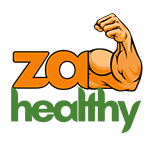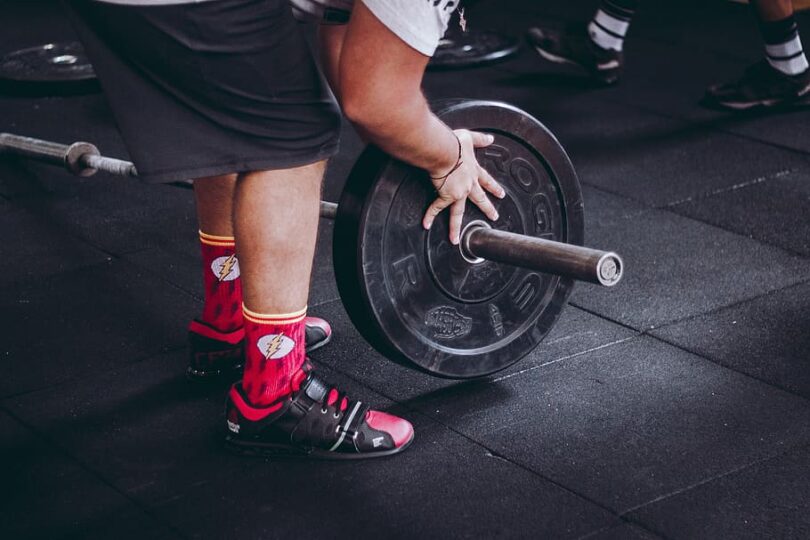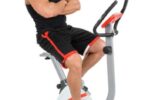8. Correct Weight Lifting Technique
weight lifting technique refers to exercising with correct form, alignment and tempo – similar to proper weight lifting techniques but with emphasis placed more heavily on accuracy and precision during every movement.
Correct weight lifting technique has many obvious benefits. It helps prevent injuries, enhance performance and maximize muscle growth & recovery; as well as target the intended muscles without compensations or imbalances occurring.
To master proper weight lifting technique, it’s essential that you follow some fundamental guidelines. Warm up properly prior to each session, stretch afterward and cool down afterwards; additionally use full range of motion, control the weight properly, breathe correctly and maintain neutral spine position while lifting.
Here are some tips on how to perform proper weight lifting techniques:
- Warm up: A warm-up prepares your body for exercise by increasing blood flow, oxygen delivery, muscle temperature and joint lubrication. This also lowers risk of injury while improving performance – typically consisting of five to ten minutes of low-intensity cardio such as jogging, cycling or skipping followed by some dynamic stretching such as arm circles, leg swings or lunges.
- Stretch: Stretching can enhance flexibility, mobility and recovery as well as prevent muscle stiffness, soreness and cramps. Stretching should be performed post workout when your muscles are warm and relaxed – stretching should last 15-30 seconds per stretch and focus on major muscle groups such as chest, back shoulders arms legs and core.
- Cool down: A cool down is designed to bring your body back into equilibrium by lowering heart rate, blood pressure and body temperature back down to normal, as well as clearing away waste products from muscles (lactic acid) that may have built up during exercise and lead to fatigue or pain. A proper cool down consists of 5 to 10 minutes of low-intensity cardio like walking, jogging or cycling followed by static stretches like toe touches, hamstring stretches or shoulder stretches for an effective cooling down session.
Range of motion: Range of motion refers to the maximum distance a joint can move in any one direction. Employing full ranges of motion ensures you engage all muscle fibers and activate more muscle fibers while improving joint health and mobility. When engaging in any exercise session, aim for moving weight from fully stretched position into fully contracted position without any bouncing or cheating!
- Control: Control is the speed and quality of movement. In terms of weight control, this means lifting it with smooth and deliberate movements – without jerking, swinging, dropping or slamming it – before gradually lowering it with resistance, without dropping or slamming. Keeping weight under control maintains muscle tension by avoiding momentum or inertia while also helping avoid injuries and improve stability.
- Breathing: Breathing is essential for providing oxygen to your muscles and eliminating carbon dioxide from your body. Breathing correctly means inhaling during easier parts of movement (like when lowering a barbell to your chest and exhaling when pushing it back up again) while exhaling during harder parts ( like during bench press exercises when exhaling as you press it up again). Doing this ensures you deliver adequate oxygen to your muscles without holding or hyperventilating.
- Spine: Spine refers to the alignment of your back and neck during exercise. Maintaining a neutral spine involves keeping both straight back and head alignment; avoid rounding, arching or twisting backs as well as tilting or turning heads during movement – doing this ensures protection from injury as load distribution across your body evenly; it also improves posture and balance.
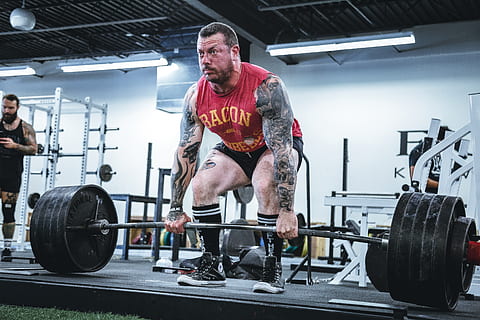
9. Technique Bar Weightlifting
Technique bar weightlifting refers to using a smaller version of an Olympic barbell that weighs 10 kg-15 kg for lifting, similar to weightlifting technique bar but emphasizing more on weight than manufacturer or quality.
Technique Bar Weightlifting offers many advantages for beginners or anyone wishing to develop their technique without using heavy weights. It enables lifters to practice lifts with proper bar height and speed without risking their safety or technique, and develop their strength, power, and coordination steadily over time.
To use technique bar weightlifting properly, some basic guidelines must be met. You should choose the weight suited to your level of skill and strength – that means using weights that challenge but do not compromise your technique – in addition to proper technique plates weightlifting (using plates that have similar diameter as standard Olympic plates yet weigh far less) as well as maintaining and caring for your barbell by cleaning it regularly and storing it away properly.
Here are a few tips on how to use technique bar weightlifting:
- Weight: Technique bar weightlifting comes in two weight options of 10 kg and 15 kg. When selecting the appropriate weight for you based on your level of skill and strength, such as one that challenges but doesn’t compromise technique; and gradually increase it as you master current one without compromise in form or speed.
- Plates: Proper technique bar weightlifting involves using plates with similar dimensions as Olympic ones but much lighter weights. You should use rubber or plastic plates of various colors and weights, secured onto the barbell by collars that prevent sliding.
- Maintenance: Bar weightlifting requires regular care and attention, such as after each session using soft cloth or brush to wipe away dirt or chalk deposits from the barbell and use lubricant or oil to keep bearings and sleeves in good condition. Finally, store horizontally on a rack or stand to avoid moisture or extreme temperature exposure or drops!
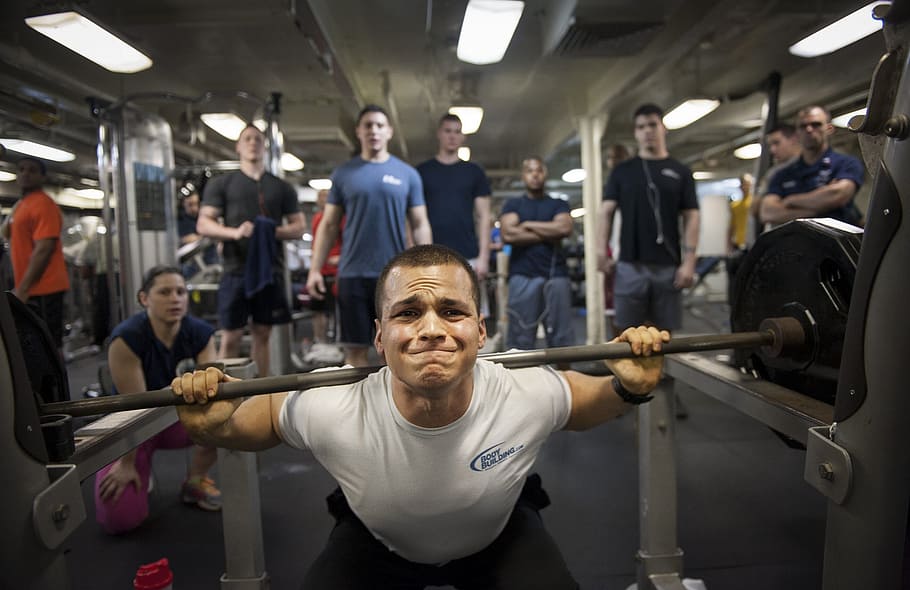
10. Correct Weight Lifting Form
Correct weight lifting form refers to performing exercises with correct posture, alignment and movement patterns. Similar to correct weight lifting technique, correct weight lifting form places more focus on biomechanics and anatomy when lifting.
Correct weight lifting form has many advantages; it helps avoid injuries, improve performance and increase muscle growth and recovery time. Furthermore, using proper form ensures you target specific muscles without compensating with imbalances or creating new compensations.
To master proper weight lifting form, it’s essential that you adhere to several basic principles. Starting each session off right by warming up properly before, stretching after, and cooling down at the end is a must. Furthermore, it’s also essential that you use full range of motion while controlling weight appropriately while breathing correctly while maintaining neutral spine alignment – these all constitute proper lifting technique!
- Warm up: To achieve proper weight lifting form, start off by warming up. A warm up should increase blood flow, oxygen delivery, muscle temperature and joint lubrication before your workout begins, helping your body become ready for movement by increasing blood flow, oxygen delivery, muscle temperature and joint lubrication while decreasing risk of injury and improving performance. A typical warm-up consists of 5-10 minutes of low intensity cardio like jogging or cycling followed by dynamic stretching exercises like arm circles, leg swings or lunges for best results.
- Stretch:Stretching can increase flexibility, mobility and recovery. Additionally, stretching helps prevent stiffness, soreness and cramps. Stretching should be practiced after each workout when your muscles are warm and relaxed, holding each stretch for 15 to 30 seconds at each major muscle group involved such as chest, back shoulders arms legs and core.
- Cool down: To help restore equilibrium after vigorous activity, a cool down is key to helping your body return to normal by lowering heart rate, blood pressure and body temperature while flushing away waste products from muscles – such as lactate – which cause fatigue and pain. A good cool down should include 5 to 10 minutes of low-intensity cardio such as walking, jogging or cycling followed by some static stretching like toe touches, hamstring stretches or shoulder stretches for maximum effect.
- Range of motion: Range of motion refers to the maximum distance that any joint can travel in a given direction, and employing full range of motion ensures you work your entire muscle group and activate more muscle fibers, as well as improving joint health and mobility. You should aim to move weight from fully stretched position into fully contracted position during each exercise without bouncing or cheating – this should increase effectiveness!
- Control: Control is the speed and quality of movement. Lifting weight with smooth, deliberate movements without jerkiness or swinginess; similarly lowering it slowly without dropping or slamming is also considered controlling it properly. In doing this, tension on muscles remains constant while momentum or inertia are avoided thereby helping avoid injuries while improving stability.
- Breathing: Breathing is essential to providing oxygen to your muscles and flushing carbon dioxide out of your system. Proper breathing involves inhaling during easier parts of a movement such as bench pressing and exhaling during harder ones; for instance, during bench presses you inhale as the bar lowers to your chest before exhaling when pushing up. Doing this ensures you provide sufficient oxygen to your muscles without holding your breath or hyperventilating.
- Spine: When exercise comes into the equation, spinal alignment refers to how your back and neck align during movement. Maintaining a neutral spine means keeping both your back straight and head in line with it while also avoiding rounding, arching or twisting of your spine for increased safety as well as evenly dispersing load across your body – something which helps enhance posture and balance as well.
Conclusion
Weightlifting is an excellent way to build strength, power and physique. But in order to do it safely and maximize results without suffering injuries, proper technique training and nutrition must be implemented in order to avoid injuries and maximize results.
In this article, we have demonstrated how to perform 10 weightlifting techniques that will improve your form, efficiency, and power. We have also explained their advantages as well as ways they can fit into your routine.
No matter if you are new or experienced weightlifter, these techniques will help you meet your goals and unleash your potential. Always consult a qualified trainer prior to beginning any weightlifting program.
happy lifting!
